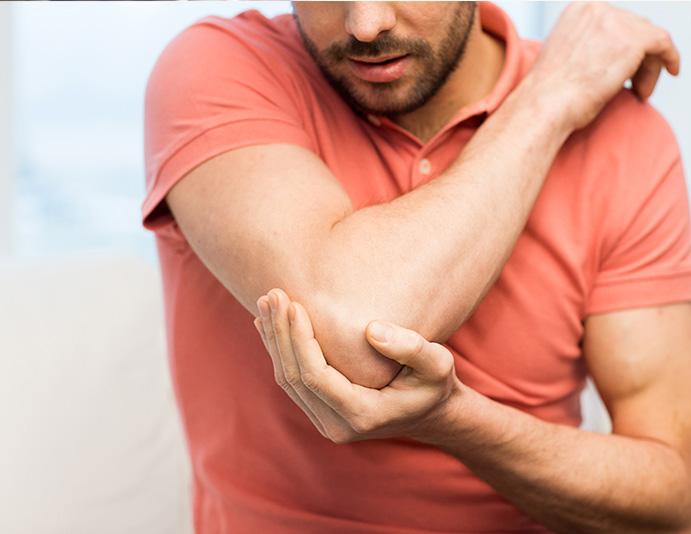Did you know that tennis elbow even strikes people that have not played tennis in their life?
The medical term for this problem is lateral epicondylitis which can be caused due to strain of the elbow joint and tendons around the area.
Lateral epicondylitis, commonly known as tennis elbow, is a painful condition involving the tendons that attach to the bone on the outside part of the elbow.
Activities in which forearm is used extensively like working on computers for long hours or playing games like cricket, tennis, hockey, golf and badminton then you are likely to develop tennis elbow.
The repetitive motion of these games leads to injury and pain among players in Limerick Ireland.
It’s related to a muscle and tendons in your forearm. Tendons connect your muscles to your bones. When you constantly use your arm in a repetitive motion, the tendons at the elbow end of a certain muscle — the extensor carpi radialis brevis (ECRB) muscle — may develop small tears.
The tears lead to inflammation and may put stress on the rest of your arm, making it painful to lift and grip things. Left untreated, it can become chronic (that’s medical-speak for “ongoing”).
What happens during tennis elbow
The strained muscles and tendons around the elbow become enflamed and painful leading to limited motion of that area and also the wrist if left untreated for a long time. In severe cases of tennis elbow the swollen muscles can lead to compression of sensory nerves in the arm which is followed by weakness in motor nerves and numbness. This pain can persist from a few weeks to years if left untreated.
Tennis elbow is a classic repetitive stress injury caused by overuse. Any activity that strains the muscles around the elbow over and over again can cause it. There’s also a version golfers get called “golfer’s elbow.”
In tennis, hitting a backhand puts some stress on your forearm muscles, which repeatedly contract when you hit the ball. If you have poor technique or grip the racquet too tightly, that stress may increase in the tendons that connect the forearm muscles to the elbow. The tendons may get small tears.
The more you do it — and tennis is a game of repeated strokes — the greater the chance for tennis elbow.
You can get it from other racquet sports, such as squash or racquetball. You can also get it from jobs or activities that involve repetitive arm motion, such as:
- Tree-cutting (repetitive use of a chain saw)
- Painting
- Carpentry
- Playing some types of musical instruments
Butchers, cooks, and assembly-line workers are among the groups that get it often.
Golfer’s elbow differs from tennis elbow in that the pain is focused on the inside of the elbow. But the causes are similar: tendon tears caused by repetitive movement, whether it’s a golf swing, lifting weights, or simply shaking hands.
Symptoms of tennis elbow
1. Pain in the external section of elbow
2. Wrist weakness followed by slow elbow flexibility
3. Severe burning sensation radiating from elbow to wrist followed by pain when trying to grip objects with that hand.
4. Reduced strength in the hand followed by shock waves running through the arm.
5. Pain relief therapy for tennis elbow in Cork Ireland
Rest that elbow and refrain from practice if you are a player until the pain and swelling has completely healed.
If the problem has just started out then use an ice pack around the affected elbow area to soothe the muscles and tendons for half hour every 3 hours.
If the pain and inflammation is unbearable you may be required to wear a brace or strap along with a compression sleeve to gently move out inflammatory fluids and prevent accumulation.
Physical therapy for tennis elbow
Several therapy techniques I provide to reduce pain like deep tissue massage to manipulate and stretch the stressed muscles and tendons.
You will be given exercises to practice on a daily basis and will be asked to refrain from certain activities for a few days to reduce chances of aggravating the pain.
Most of the time I provide myofascial release massage techniques to release the muscles along with trigger point therapy on specific pressure points.
Only after the tennis elbow has healed by 50 percent a change is exercise and treatment techniques will be adopted to ensure return of strength in the hand and prevent injuries in future.
Remember pain is symptom- don’t resist the pain. You need proper assessment and diagnosis to heal the “real cause of your pain”.
If you have enquiries- feel free to send me a message or give me a call at 086-3239194.
Thank you folks for taking time to read my article. Hope


